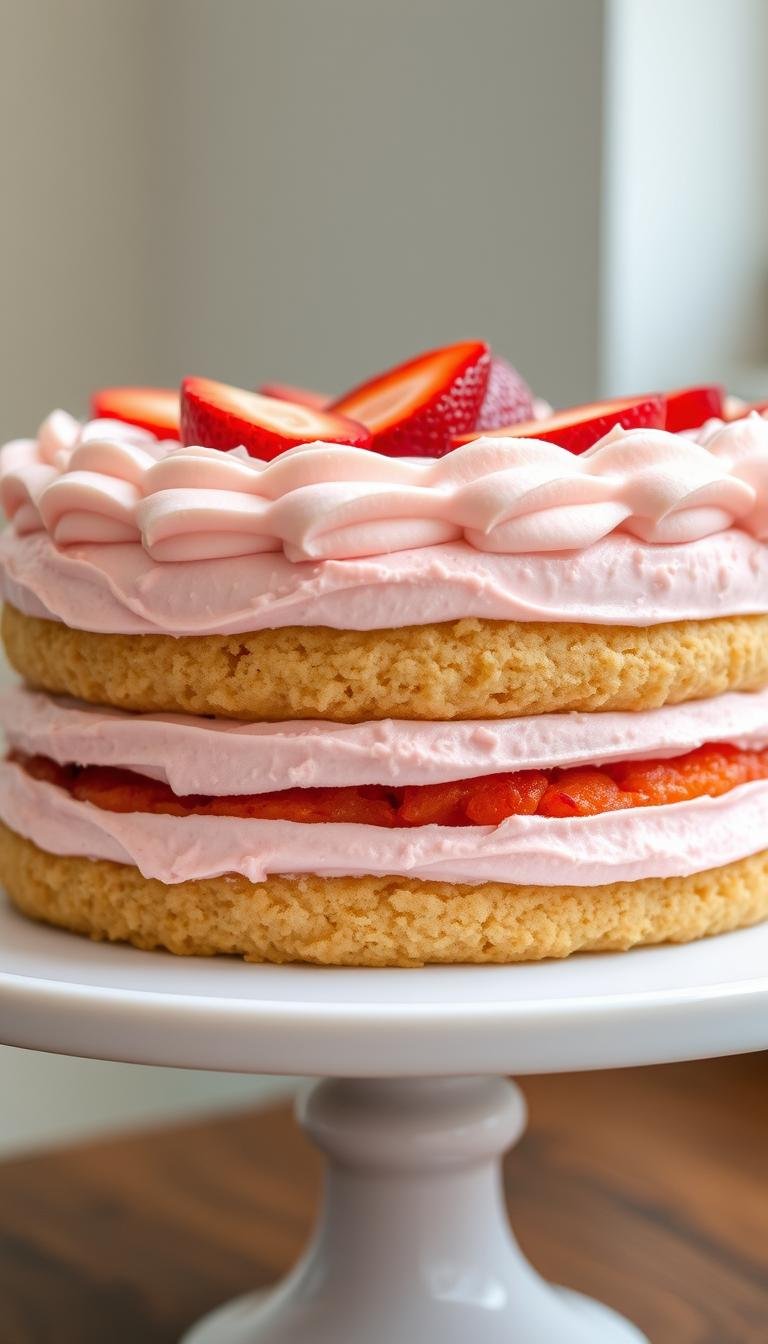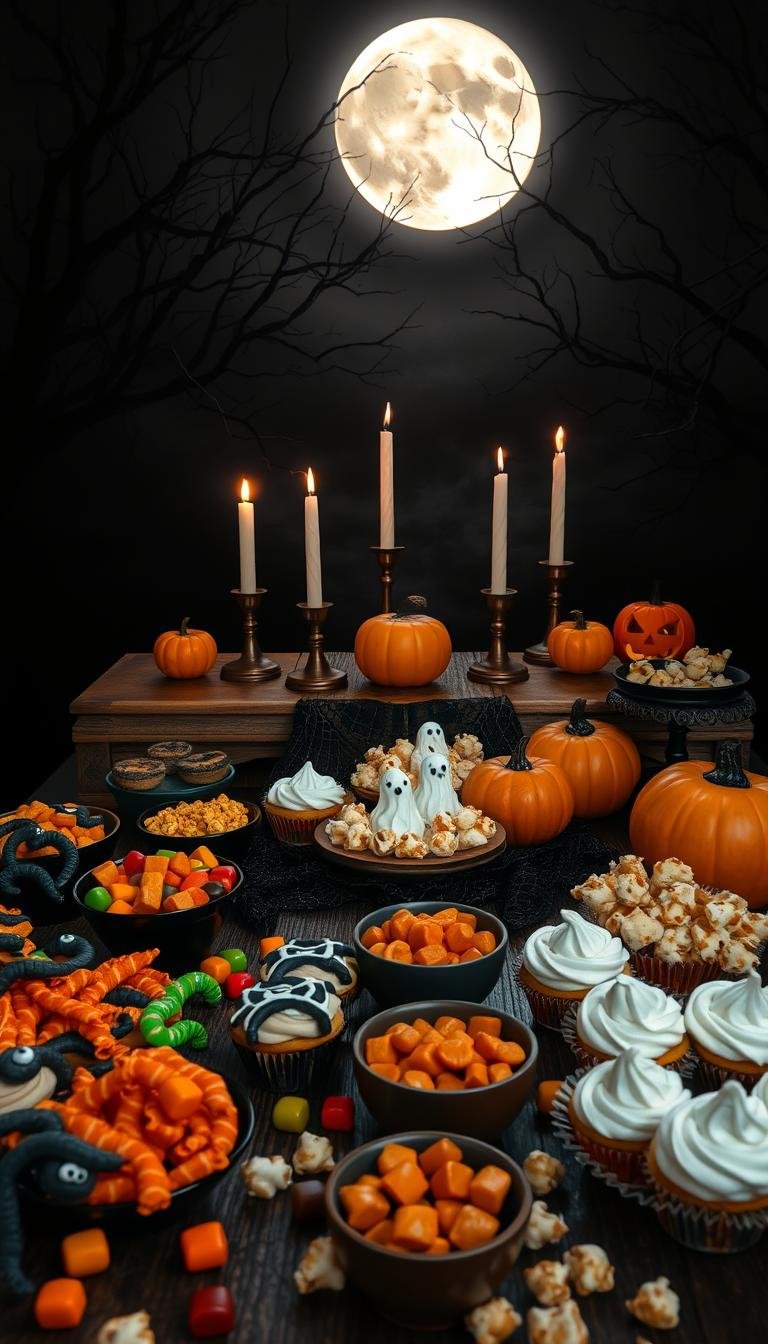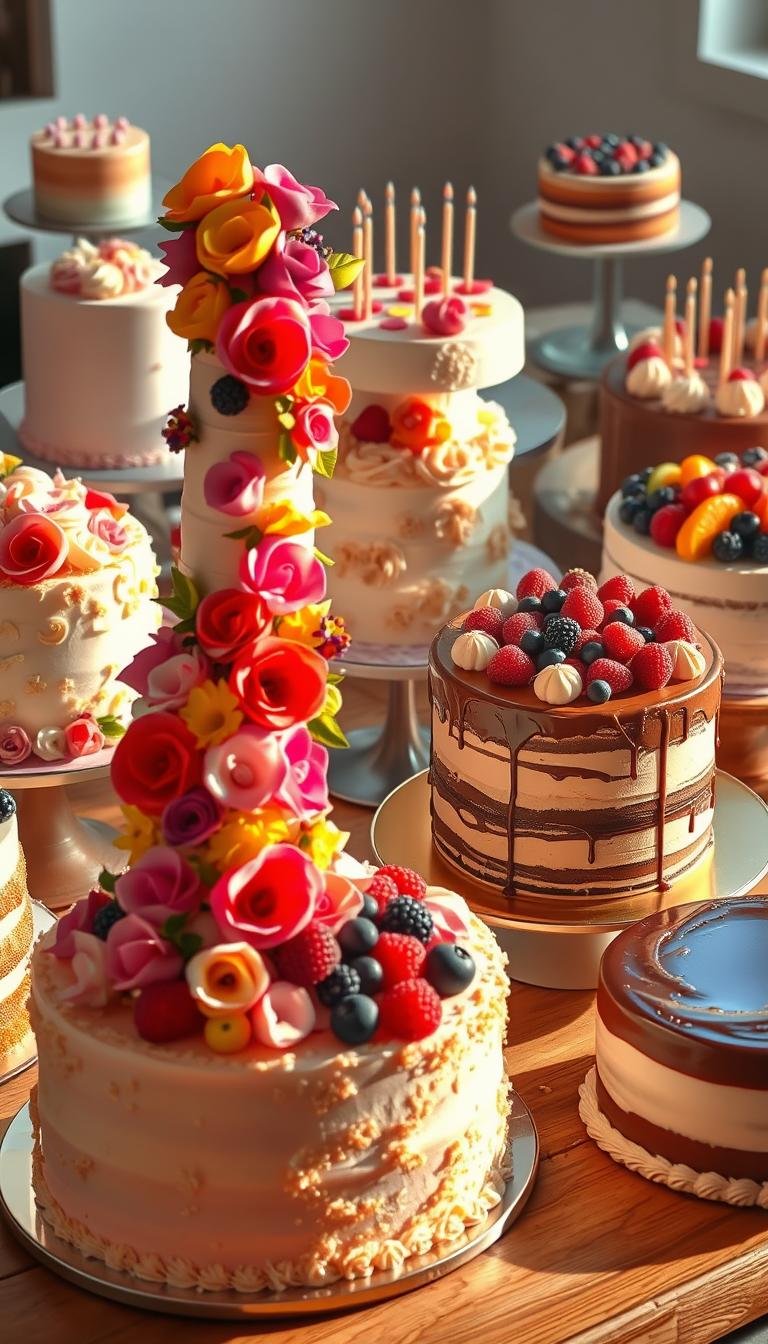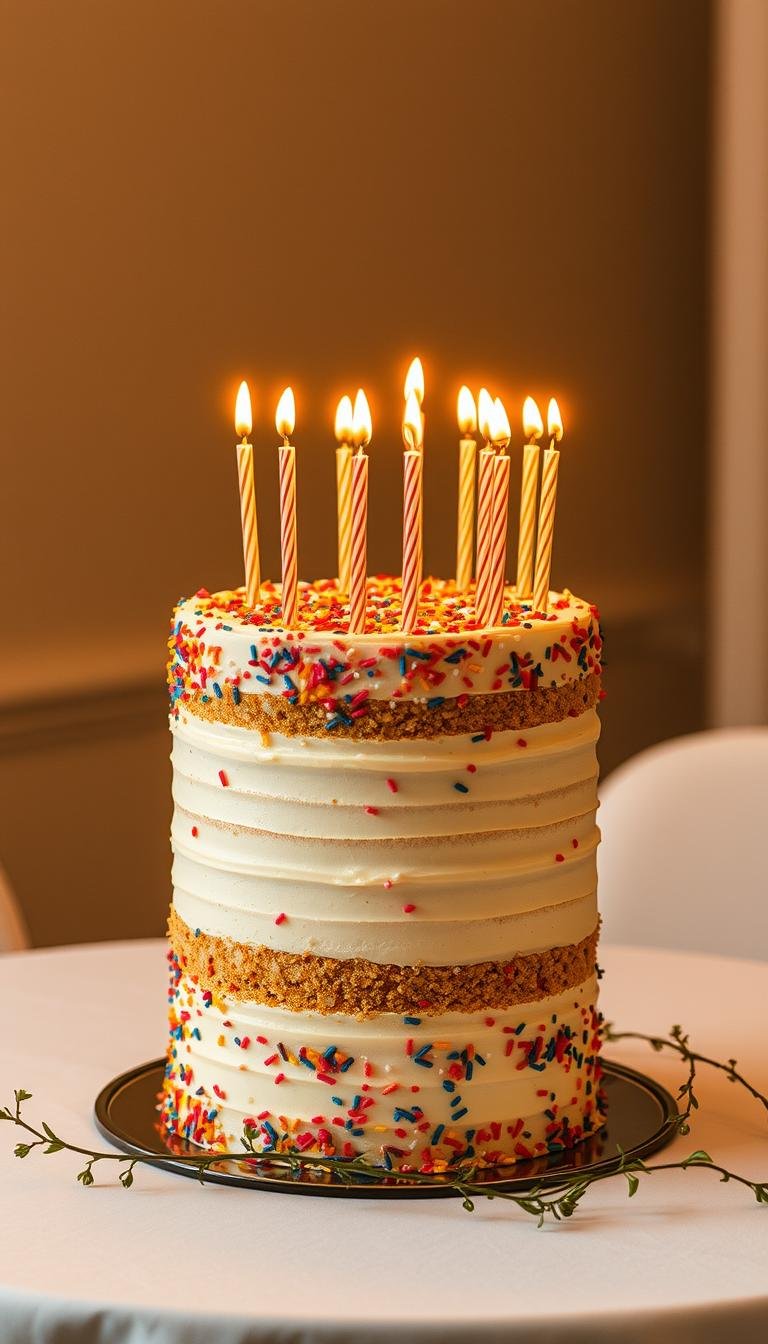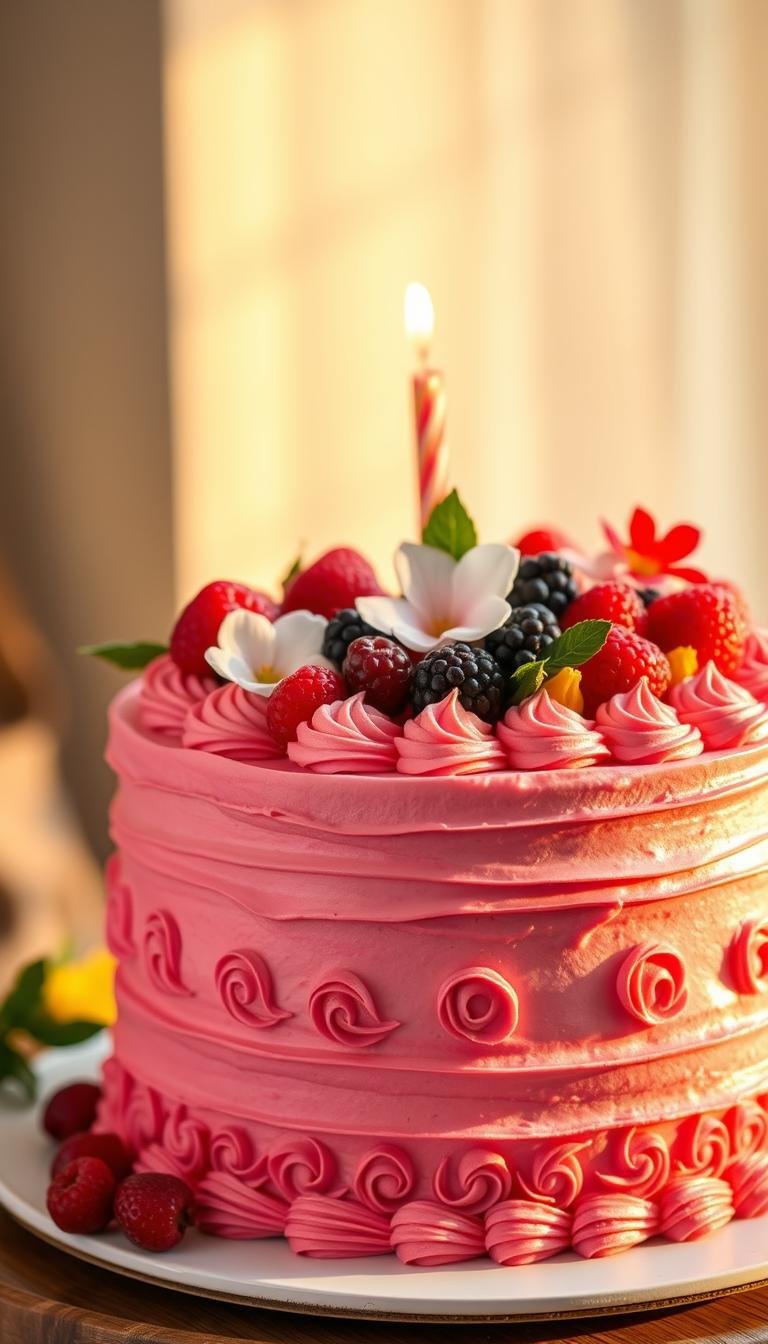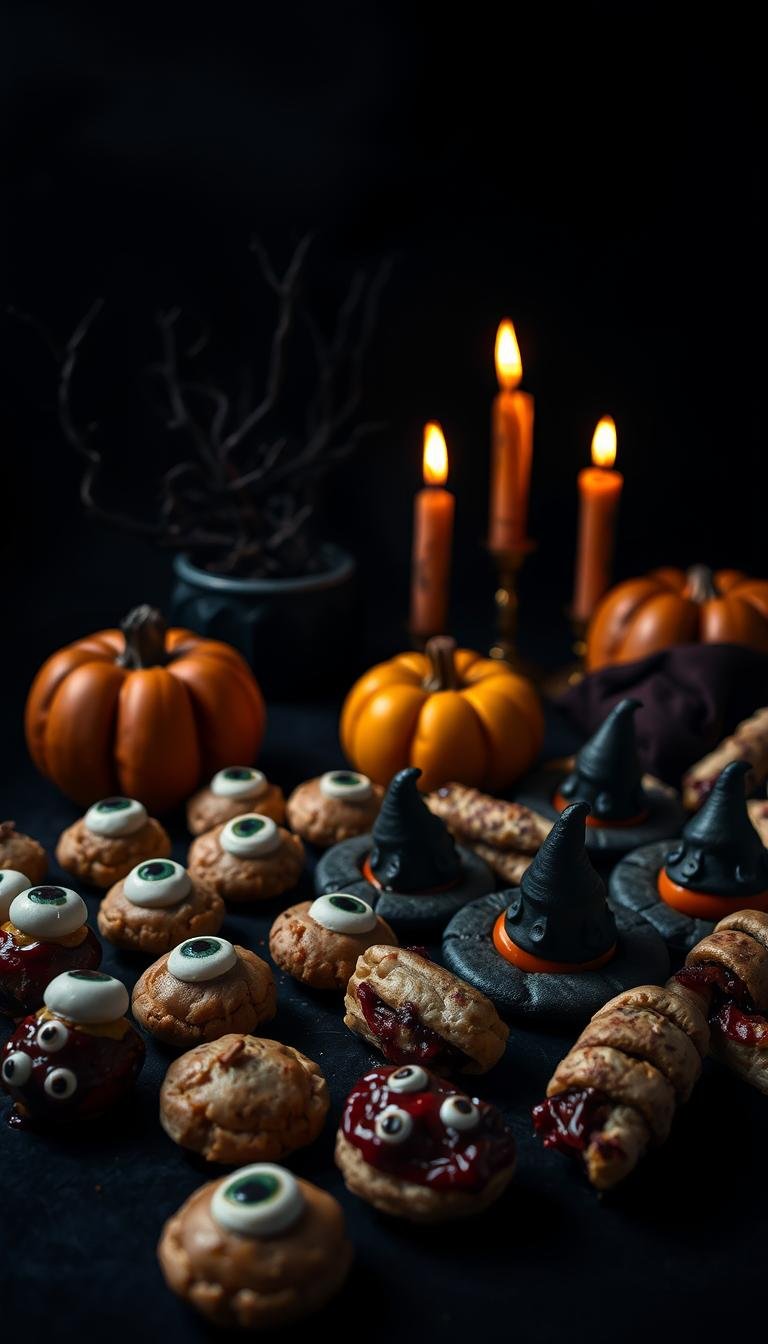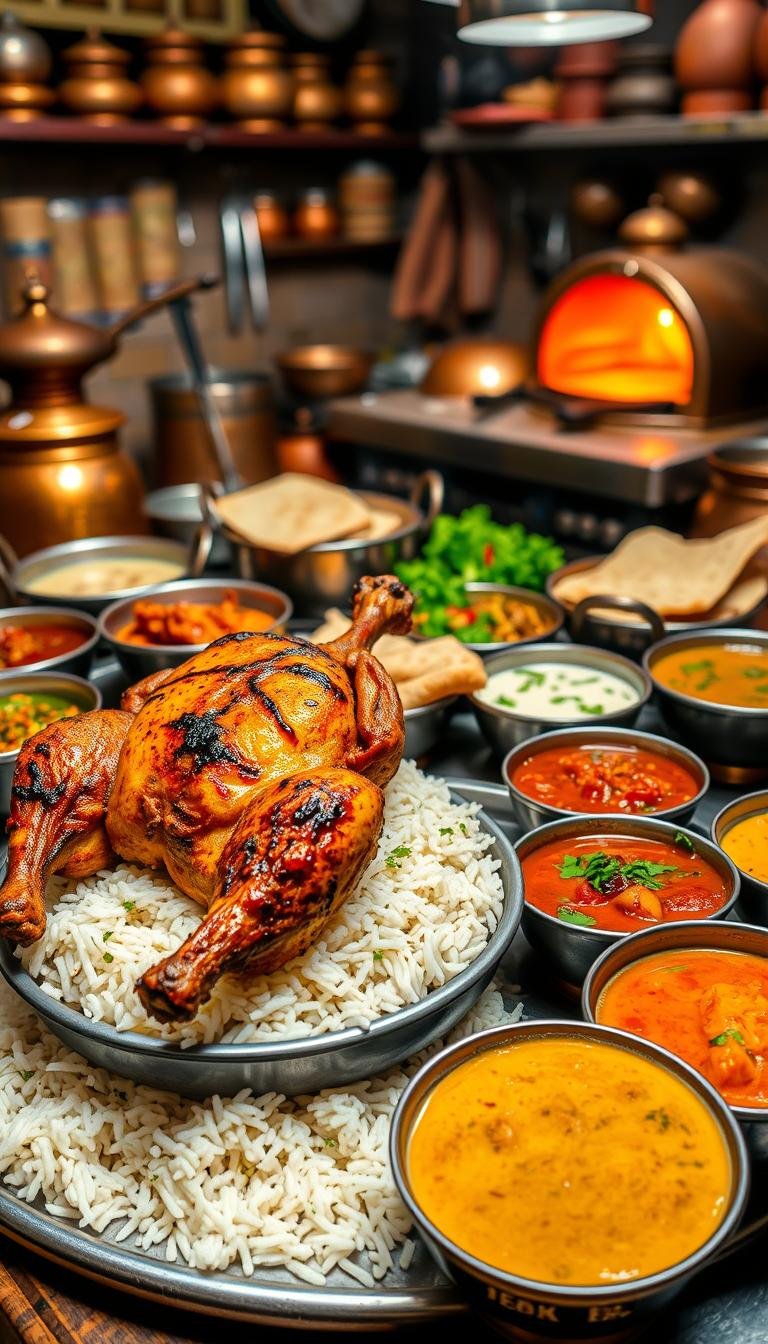Moist Strawberry Cake Recipe: A Simple Guide
Surprising fact: concentrating one pound of berries into a 1/2 cup reduction can boost natural fruit aroma by up to 60% in the batter.
This guide focuses on real fruit taste and a tender, fluffy crumb. The standout technique is to puree fresh strawberries, simmer the puree until reduced by half, and let it cool fully before folding into a white-style batter made with whipped egg whites for lift.
Why it matters: the reduction concentrates strawberry flavor while keeping the batter from getting soggy. For frosting, use ground freeze-dried berries folded into a cream cheese base to avoid curdling and keep a vivid berry note.
Timing and storage are practical. Reduction takes about 25–35 minutes and is often made a day ahead. A covered finished dessert keeps up to five days refrigerated, and layers freeze 2–3 months.
Key Takeaways
- Real fruit reduction is the secret to concentrated strawberry flavor and moisture control.
- Whipped egg whites create a light, springy crumb in this strawberry cake recipe.
- Use freeze-dried berry powder in cream cheese frosting to prevent added moisture.
- Make the puree ahead; reduction needs 25–35 minutes and must cool fully.
- Pan choices: 9×13 ≈40 minutes; cupcakes ≈20–22 minutes; layers freeze well for later.
Why This Homemade Strawberry Cake Works Right Now
Concentrated fruit and precise technique give this recipe the edge. Reducing a full cup of fresh fruit to about half a cup intensifies natural aroma and taste without adding excess liquid that can weigh down the batter.
Real fruit flavor comes from the reduced fresh strawberry puree, not boxed mixes. The reduction boosts taste while keeping moisture in check so the crumb remains tender.
Light, airy crumb
Using whipped egg whites gives a lift like a white cake. Whites add structure and air, helping tall, tender cake layers rise evenly.
Better emulsification and even baking
Room temperature wet ingredients blend smoothly with fats and sugars. This prevents curdling and dense spots in the batter.
- A stand mixer speeds creaming and ensures consistent batter texture.
- Alternate dry and wet additions to avoid separation and overmixing.
- Wrap cake strips around pans to keep edges cooler so layers bake flat.
- Reduced puree naturally tints batter a soft pink; adjust color later if needed.
| Technique | Benefit | Quick Tip |
|---|---|---|
| Reduce fresh strawberry puree | Concentrates strawberry flavor without excess liquid | Start with ~1 cup, cook to ~1/2 cup, cool completely |
| Whipped egg whites | Light, airy crumb and taller layers | Fold gently to keep air |
| Room temperature wet ingredients | Smoother emulsification, no curdling | Pull eggs and dairy from fridge 30–60 min ahead |
| Stand mixer use | Consistent creaming and mixing | Use paddle for creaming, switch to low for alternation |
Key Ingredients and Substitutions for Maximum Strawberry Flavor
Ingredient choices make or break the final texture and true berry flavor. Use a reduced fruit puree for the cleanest, most natural aroma. If fresh fruit is mild, taste before reducing and add a touch of extract only if needed.
Fresh puree or jam swap
Reduced strawberry puree concentrates real fruit taste without adding excess liquid. In a pinch, replace the puree with about 1/3 cup jam and cut granulated sugar by roughly 1/3 cup. For frosting, use ~1/4 cup jam and adjust confectioners’ sugar to taste.
Flour and leavening
Cake flour gives an ultra-tender crumb, while all-purpose is more accessible and still soft when measured precisely. Both work when the formula is balanced.
Milk, leaveners, vanilla, and color
Use whole milk for richness; buttermilk can substitute in some versions. Baking powder (with a touch of baking soda in some recipes) ensures even lift in the cake batter. A splash of vanilla extract brightens the berry notes.
| Ingredient | Why | Tip |
|---|---|---|
| strawberry puree | Pure fruit flavor | Reduce to concentrate |
| whole milk | Richer crumb | Avoid low-fat milk |
| gel food / food coloring | Color without thinning | One drop is enough |
Cream cheese frosting adds tang that complements the fruit. Measure flour and sugar by weight when possible for consistent results.
Prep Like a Pro: Pans, Parchment, and Oven 350°F
Proper pan prep and oven readiness are the unsung tools of a perfect layer bake. Take a few minutes now to set pans, parchment, and racks so you can move quickly once the batter is ready.
Grease, line, and consider cake strips
Prepare two 9-inch round cake pans by greasing them thoroughly. Cut parchment rounds to fit and grease the top of the parchment for an easy, clean release.
Wrap pans with soaked cake strips to moderate edge heat and encourage flatter tops. This reduces domes and makes assembly simpler.
Preheat oven and set up cooling
Preheat oven to 350°F (177°C) so leaveners act predictably from the start. Check your thermostat occasionally to maintain accurate oven 350 temps.
Place wire racks nearby before baking so layers can move straight from oven to cool. Let baked layers rest briefly in pans to avoid breakage, then turn out and let them cool completely before frosting and stacking.
- Grease cake pans, line with parchment paper rounds, and grease the parchment.
- Label parchment with pan numbers when weighing batter for even distribution.
- Keep your workspace organized to move hot layers quickly so cakes cool efficiently.
Make the Reduced Fresh Strawberry Puree
Begin with clean, hulled fruit and a blender to make a smooth base for the reduction. Puree about 1 pound (450–454 g) of fresh strawberries until you have just over 1 cup of liquid. This yields the best concentrated flavor for the recipe.
Blend, simmer, reduce, and cool
Pour the puree into a shallow, wide pan and simmer over medium-low heat. Stir occasionally to prevent scorching and reduce the volume to roughly 1/2 cup (about 135 g). Expect 25–35 minutes; wider pans speed the process.
Using frozen fruit and timing tweaks
If you use frozen berries, thaw first and plan an extra 5–10 minutes to reach the same reduction. There’s no need to strain seeds—their texture disappears during baking.
- Cool completely: refrigerate overnight when possible for easier scheduling.
- Bring room temperature before folding into batter to protect emulsification.
- Store the cooled reduction in a covered container and measure the final amount to ensure exactly 1/2 cup goes into the recipe.
- Make extras and freeze up to 3 months for quick future use.
Mixing the Cake Batter in a Stand Mixer Fitted with a Paddle Attachment
A well-ordered mixing stage sets the foundation for an even, tender crumb. Use a stand mixer fitted with a paddle attachment and a large bowl to keep work tidy and predictable.
Cream, then add the wet ingredients
Beat unsalted butter and sugar until light and smooth—about two minutes with a stand mixer fitted to medium. Add room temperature egg whites and beat until combined and fluffy.
Mix in sour cream and vanilla extract on low until just combined. This keeps the wet ingredients mellow and stable.
Alternate dry and milk on mixer low
With the mixer low, add dry ingredients in thirds, alternating with whole milk. Stop to scrape the bowl so no pockets of flour remain.
Keep the mixer low to avoid overdevelopment of gluten and maintain a velvety cake batter.
Fold in the reduced puree and color control
Gently fold in 1/2 cup room temperature strawberry puree by hand so air stays in the batter. The batter should be slightly thick and silky.
Use one drop of pink gel or rely on the natural tint. A fitted paddle attachment gives a smooth result without whipping in excess air.
“Measure and mix with care — precise steps make for reliable, repeatable layers.”
Bake, Cool, and Assemble the Layer Cake
Even distribution of batter and a vigilant timer make the difference between uneven layers and a flawless stack. Divide the batter evenly between two greased, parchment-lined 9-inch cake pans. This helps the pans bake at the same rate and gives matching cake layers for trimming and filling.
Timing and doneness
Preheat oven to 350°F and bake minutes in the 24–30 range for 9-inch rounds. Start checking at 24–25 minutes. The layers are done when a toothpick comes out clean and the center springs back lightly.
Cooling and leveling
Let the pans rest briefly on a wire rack to set the crumb before unmolding. Turn out the rounds and let them cool completely on racks; frosting warm cakes will slip and melt.
- Weigh or eyeball batter to divide evenly between cake pans for consistent thickness.
- Bake until a toothpick tests clean and tops spring back; check early to avoid overbaking.
- If domes form, level with a serrated knife so layers stack neatly.
- Optionally brush layers with simple syrup to boost moisture and strawberry intensity.
- Chill layers briefly to reduce crumbs, then place the first layer on a turntable, add an even filling, stack, and apply a crumb coat.
- Chill the crumb-coated layer about 30–45 minutes before the final coat for a smooth finish.
Presentation tip: Keep the finished layer cake simple and let the flavor shine; a few fresh berries or a dusting of powder are classic touches.

Silky Strawberry Cream Cheese Frosting
This frosting balances bright fruit notes and a silky mouthfeel for easy spreading. Start with full-fat brick cream cheese at room temperature. Beat it smooth in a mixing bowl before adding softened butter.
Freeze-dried fruit “dust” for big flavor without moisture
Grind freeze-dried berries to a fine powder (about 1/2 cup from 1 cup crumbs). Sift if clumpy and add slowly so flavor and color stay balanced.
Simple method in a stand mixer or bowl
Beat cream cheese until smooth, then blend in butter. Gradually add confectioners’ sugar and the powdered fruit.
Add 1–2 Tbsp milk for spreadability and a touch of vanilla if desired. Chill briefly if the frosting gets too soft.
When to choose this vs buttercream
Cream cheese frosting brings tang and pairs well with rich layers. A buttercream alternative holds firmer but needs more powdered sugar to keep shape.
| Frosting | Texture | Best use |
|---|---|---|
| Strawberry cream cheese | Silky, slightly tangy | Layer cakes and cupcakes that need balance |
| Strawberry buttercream | Stiffer, sweeter | Decorating piped borders and tall work |
| Powdered fruit dust | Intense flavor, low moisture | Adds color and fruit aroma without thinning |
“Beat cream cheese first for a lump-free base.”
Pro Tips, Variations, and Storage
Small adjustments in timing and prep make big differences in texture and shelf life. Use room temperature butter, eggs, and dairy so the batter emulsifies evenly and the crumb stays fine. If you’re short on time, warm whole eggs in hot water for 5–10 minutes to bring room temperature quickly.
Know your pans and bake times. A 9×13 pan bakes about 40 minutes; cupcakes need 20–22 minutes. Three 6-inch layers typically finish in 20–25 minutes when you use cake strips for flat tops. Always preheat oven and line pans with parchment paper for an easy release.
Simple syrup, cooling, and storage
Brush cooled layers with plain or berry-infused simple syrup to add moisture and flavor without extra sweetness. Let layers cool completely before stacking; if you don’t let cool, frosting can slide and thin.
| Item | Use | Timing | Tip |
|---|---|---|---|
| Room temp ingredients | Stable emulsion | 30–60 min out | Warm eggs in hot water 5–10 min |
| Pan types | Batch size choices | 9×13 ≈40 min; cupcakes 20–22 min | Weigh batter for even layers |
| Simple syrup | Moisture boost | Brush after layers cool | Use puree for light berry flavor |
| Storage | Freshness and freezing | Fridge 5 days; freeze 2–3 months | Thaw in fridge, then bring room temperature before serving |
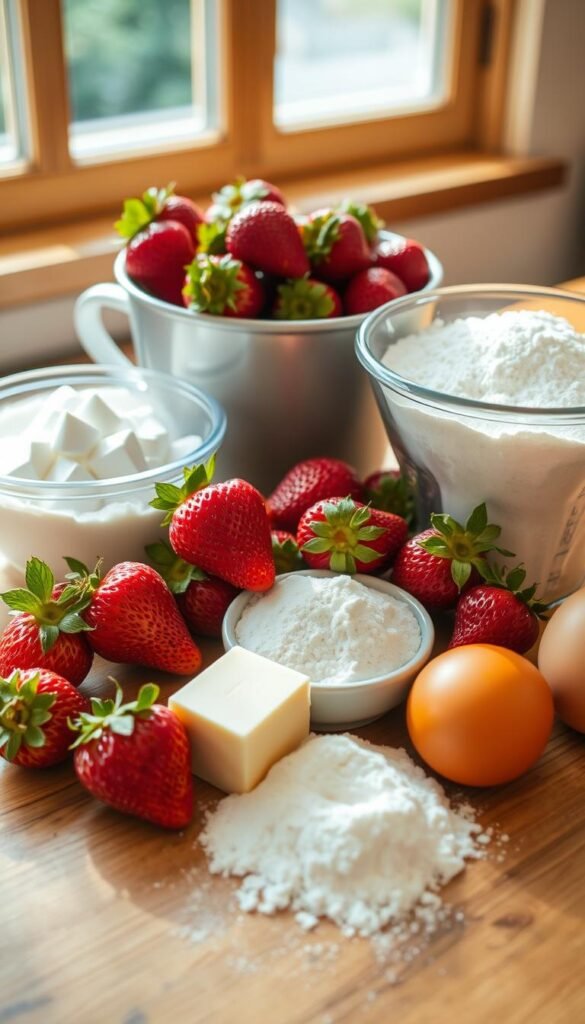
Keep whole milk on hand for the batter; low-fat swaps change texture. Add fresh strawberries as a garnish just before serving if you plan to store the dessert for days.
Conclusion
Finish strong: trust the reduced fruit and the simple technique—this recipe rewards patience.
Concentrate real flavor by using reduced fresh strawberry puree in the batter and freeze-dried powder in the cream cheese frosting for bright, stable taste.
Start with room temperature wet ingredients, cream unsalted butter and sugar well, and fold in whipped egg whites for a tender, airy crumb. Prepare cake pans with grease and parchment paper, and use a stand mixer fitted with a paddle attachment on low when alternating dry and wet additions.
Avoid overmixing once liquids are added. Add gel or pink food coloring sparingly if you want a stronger hue. Bake to doneness, let layers cool completely, then finish as a classic layer cake with smooth strawberry cream cheese frosting. Store covered in the fridge up to five days or freeze layers for longer.
